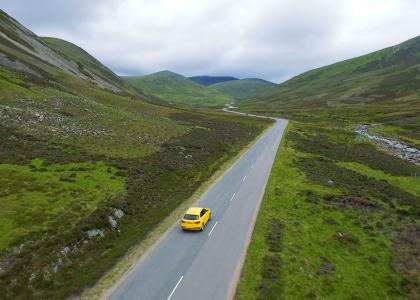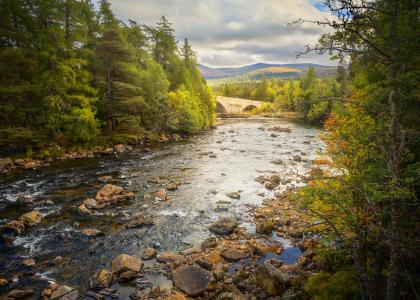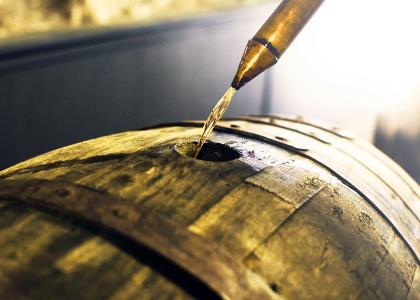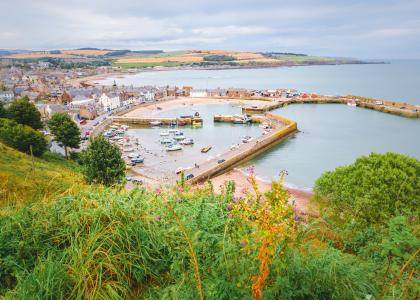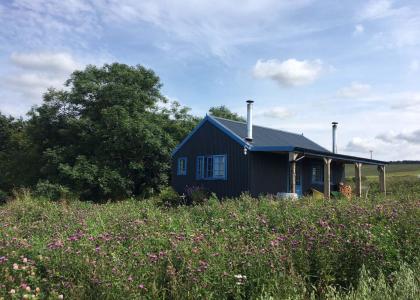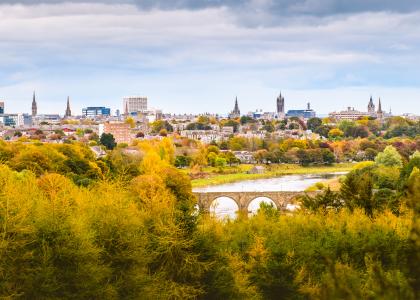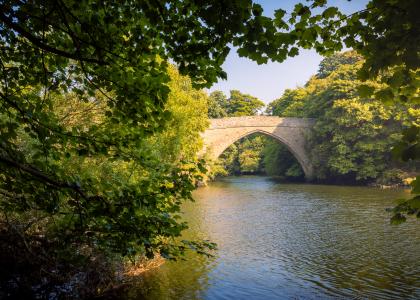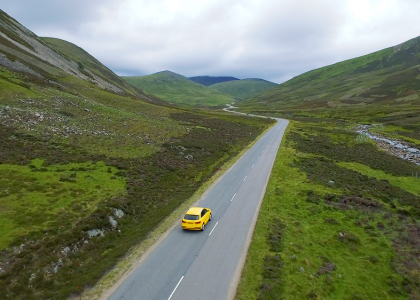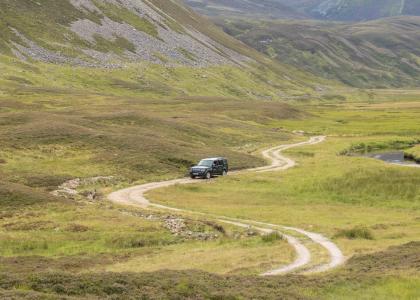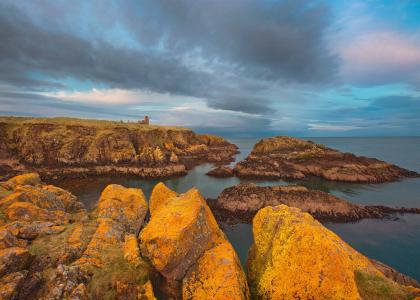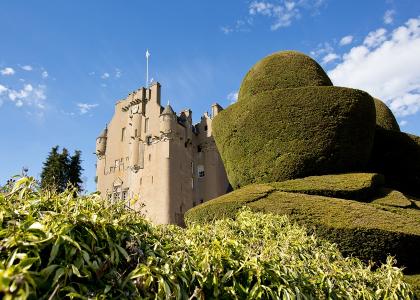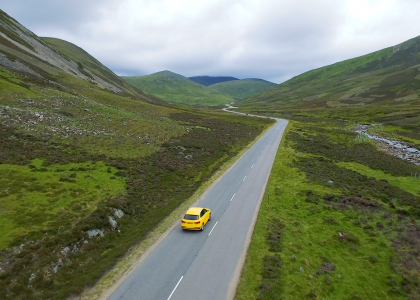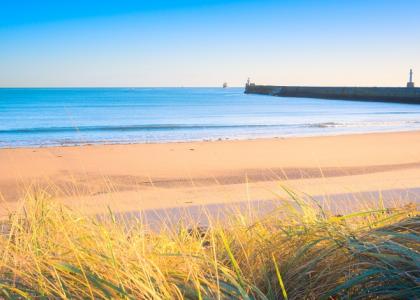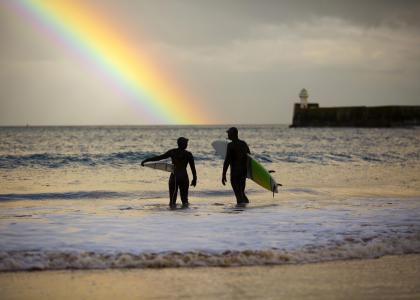Bloody Aberdeen Trail
Like most cities, Aberdeen has an infamous history of real life crimes, and some of the murders that are highlighted in this trail may well have influenced the work of modern crime fiction writers celebrated at the annual crime writing festival, Granite Noir. The theme of blood splattered granite goes beyond isolated incidents of murder and delves into Aberdeen’s rich history of battles, bodysnatching, and official punishments such as drawings, torturing, witch-burning and beheading.
Aberdeen’s history of crime and punishment is well represented in sources such as the UNESCO recognised Burgh Records, the best and most complete burgh records in Scotland. The council minutes run almost complete since 1398 giving historians excellent opportunities to study the political, social, and economic life of the burgh and transcriptions are now available to view online. From these records, the administrative nature of the texts diminishes the emotion of what to modern eyes is the brutal realities of medieval and early modern crime and punishment. For example, the accounts of the Dean of Guild list the items used for the burning of witches in 1596 and 1597 and their costs. Interspersed are the names of the condemned, reminding us of the human suffering during a witch hunt that is hard for us to comprehend.
It is also difficult for us to imagine military invasions encroaching on the safety of Aberdeen and its citizens, or what now would be termed war crimes taking place in the streets. This is what happened in Aberdeen in 1644. Social unrest was also stirred up in the early 1800s by the bloody business of bodysnatching supplying the demand for fresh corpses from anatomy lecturers and students. Aberdeen was an important centre for medical teaching in Scotland at the time.
The trail covers 800 years of Aberdeen’s history, and although it is mostly based around the city centre and Union Street, it also spans north towards Old Aberdeen and Kittybrewster. It should take approximately two hours.
Although this trail can be walked all year round, for optimum atmosphere you should pick a cold, crisp, autumnal day...
Click here to view the Bloody Aberdeen Trail (including map).

